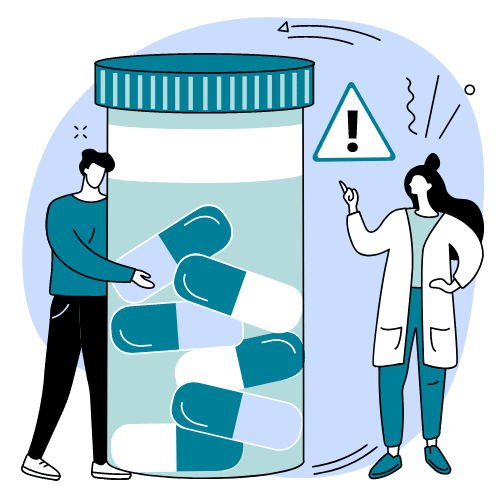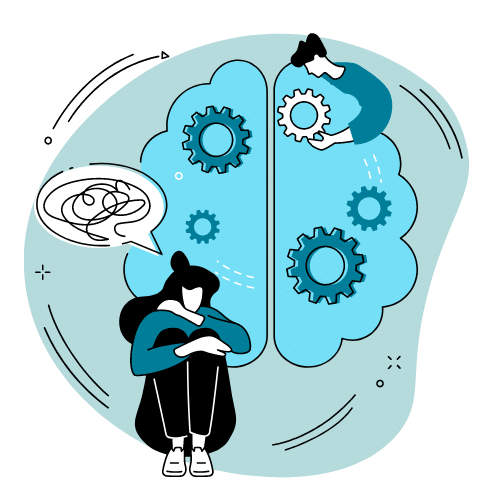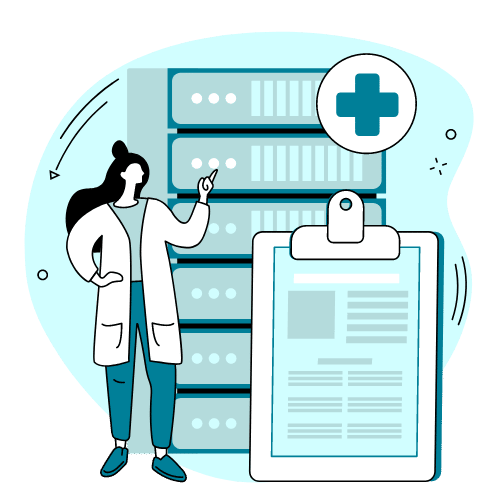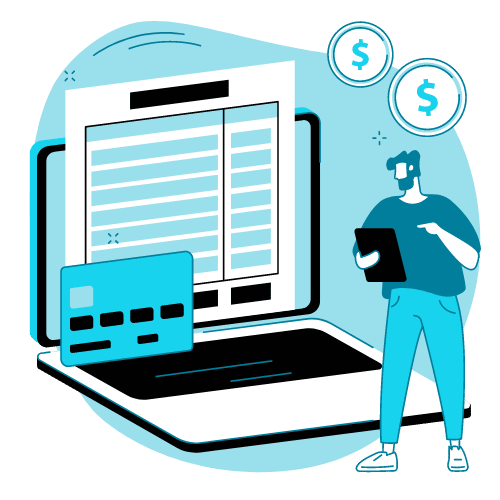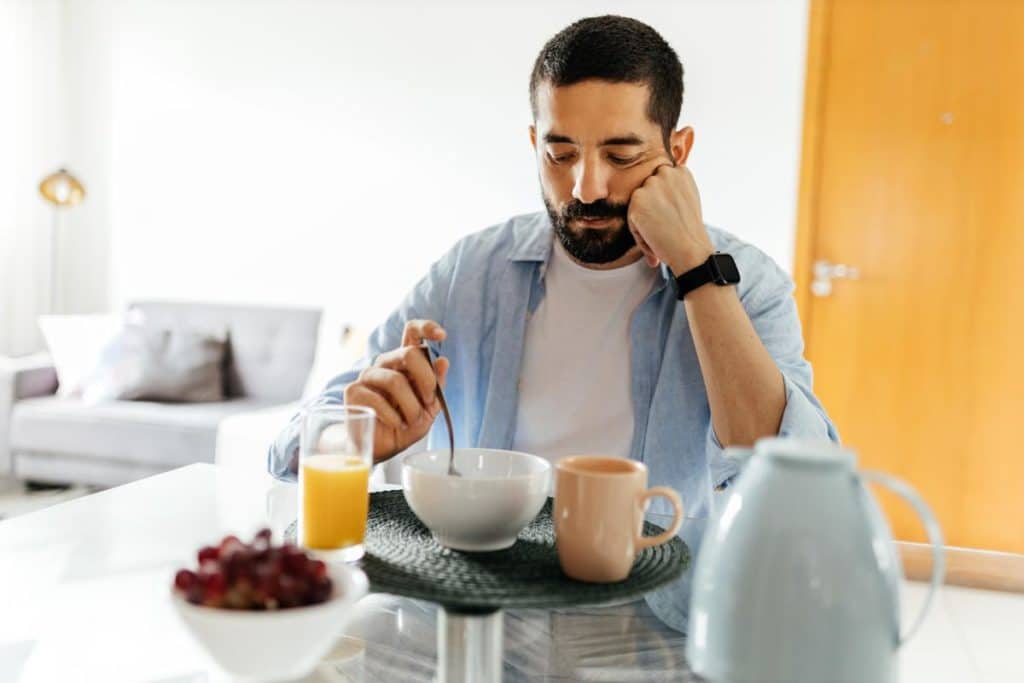The past two years have revealed an unexpected overlap between metabolic medicine and addiction science. Drugs originally designed to control blood sugar, especially the glucagon-like peptide-1 (GLP-1) receptor agonists such as semaglutide and liraglutide, are showing early promise for reducing substance cravings and dampening reward-seeking. Prescription use of GLP-1 drugs climbed from 0.87% of U.S. adults in 2019 to 4.03% in 2024, an almost 600% jump, largely on the back of their weight-loss reputation.
Important note: Swift River does not offer GLP-1 pharmacotherapy. The information below is purely educational so you can follow the science with confidence.
The Science Connecting Metabolism and Craving
- Shared brain circuitry. GLP-1 receptors aren’t just in the gut and pancreas. They also populate the ventral tegmental area and nucleus accumbens, two dopamine-rich “reward nodes.” Activating them can blunt drug-induced dopamine spikes and reduce the subjective “high.”
- Hormonal ripple effects. By slowing gastric emptying and smoothing post-meal insulin surges, GLP-1 drugs steady blood-sugar swings that can feed mood crashes and cravings.
- Appetite and impulse control. Patients often report diminished desire for calorie-dense foods—and, incidentally, for alcohol. A phase-2 trial found weekly semaglutide cut alcohol cravings and heavy-drinking days.
What the Early Evidence Says
| Substance studied | Key finding | Study type | Year |
|---|---|---|---|
| Alcohol | 9-week RCT: semaglutide lowered lab alcohol intake and weekly craving (48 adults with AUD) | Human RCT | 2025 |
| Nicotine | Same RCT: smokers in the semaglutide arm logged fewer cigarettes/day | Human RCT (subgroup) | 2025 |
| Cocaine | GLP-1 agonists curtailed relapse-like cocaine seeking in rats | Pre-clinical | 2018-24 |
| Opioids | Exendin-4/liraglutide reduced oxycodone- or heroin-seeking in rodents | Pre-clinical + reviews | 2021-23 |
No GLP-1 drug is currently FDA-approved for any addiction indication.
Potential Advantages Under Investigation
- Craving relief that may help clients stay engaged in therapy.
- Support for weight management, up to 65% of people gain weight in early sobriety.
- Added cardiometabolic protection for those with obesity or diabetes.
How GLP-1 Agonists Could Fit Into Comprehensive Care
If future approvals happen, a typical protocol might look like:
- Thorough medical work-up (screening for pancreatitis risk, thyroid nodules, etc.).
- Slow titration combined with counseling, CBT, and peer support.
- Monthly checks on labs, cravings, mood, and weight; dose fine-tuning as needed.
- Personalized taper or maintenance plan once recovery is stable.
Looking Ahead
Dual agonists (GLP-1/GIP) and GLP-1+amylin combos now in trials could broaden tomorrow’s recovery pharmacology. As evidence grows, clinicians will gain fresh options to pair with time-tested therapy.
Seeking evidence-based help right now?
While Swift River doesn’t dispense GLP-1 medications, our integrated inpatient and outpatient programs blend proven therapies, medication-assisted treatment (where indicated), and whole-person care. Call 413-570-9698 today to find out how we can support your recovery journey.


